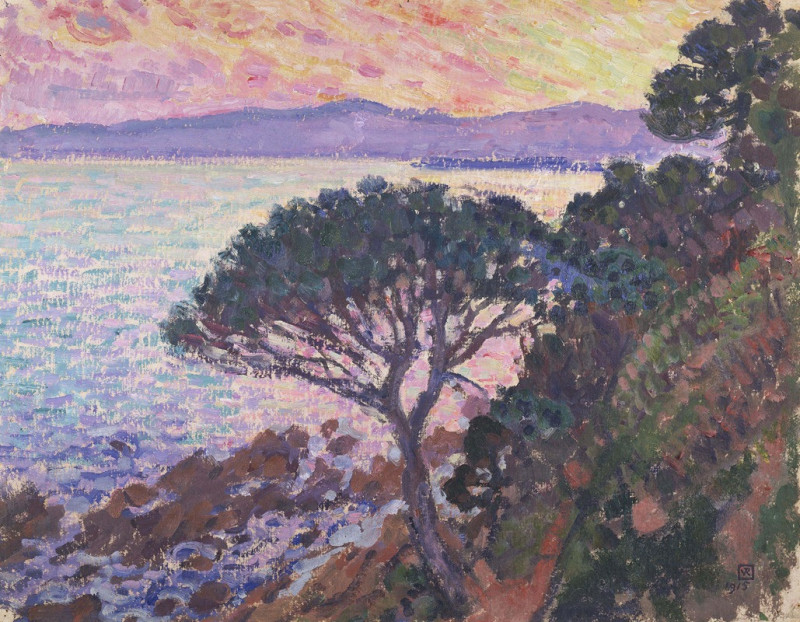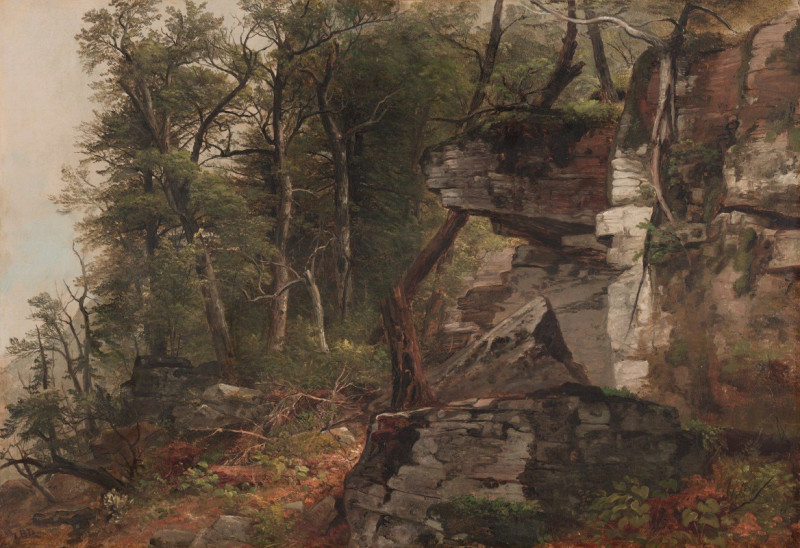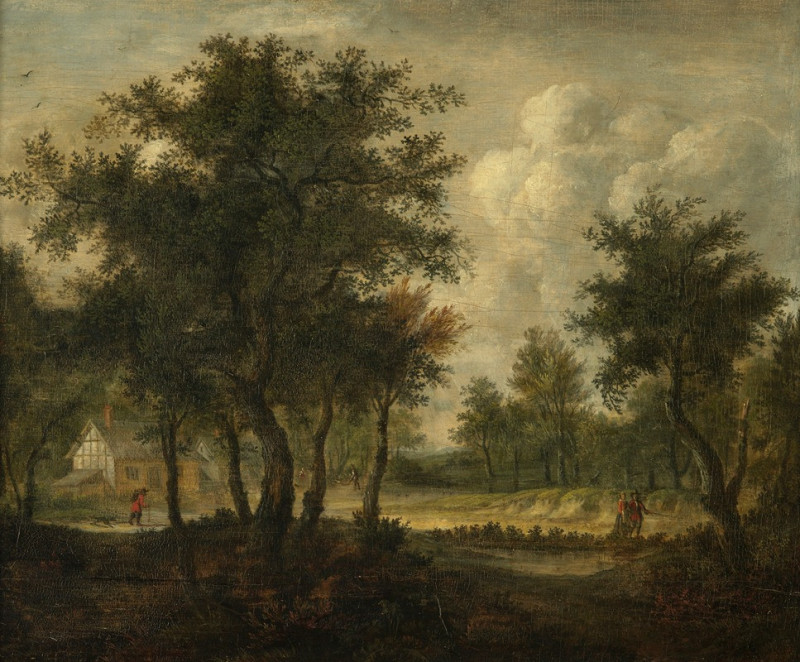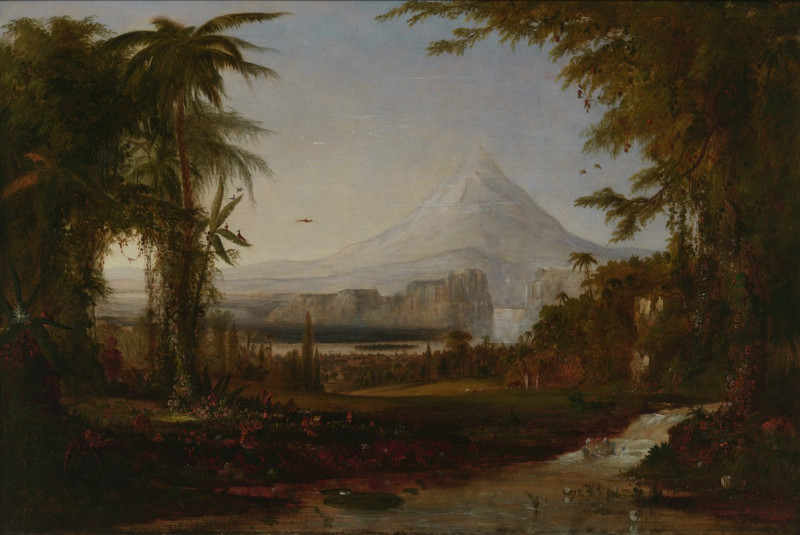Vrouwenkop (1872 - 1926)
Technique: Giclée quality print
Recommended by our customers
More about this artwork
Theo van Rysselberghe's 1872-1926 artwork "Vrouwenkop" captures the delicate and contemplative essence of a female profile in a stunningly evocative sketch. The piece, primarily rendered in red chalk, showcases van Rysselberghe’s exceptional ability to portray subtle emotions and features through simple yet effective strokes.This portrait highlights the gentle contours of the woman's face, her soft gaze looking slightly downward, and elegantly pulled-back hair, emphasizing the serene and introspective mood conveyed by the subject. The artist’s use of light and shadow plays across her features, enhancing the dimensionality and the lifelike quality of the drawing.Theo van Rysselberghe, a key figure in the Neo-Impressionist movement, was known for his masterful color theories and pointillist techniques, although in "Vrouwenkop," he employs a more traditional approach that focuses on form and shadow rather than vibrant color, revealing a different facet of his artistic versatility.This drawing is not just a depiction of a woman; it is a testament to van Rysselberghe’s skill in capturing the essence of human expression and the quiet beauty of a moment in time.
Delivery
Returns
Théophile "Théo" van Rysselberghe was a Belgian neo-impressionist painter, who played a pivotal role in the European art scene at the turn of the twentieth century.
Born in Ghent to a French-speaking bourgeois family, he studied first at the Academy of Ghent under Theo Canneel and from 1879 at the Académie Royale des Beaux-Arts in Brussels under the directorship of Jean-François Portaels.














































